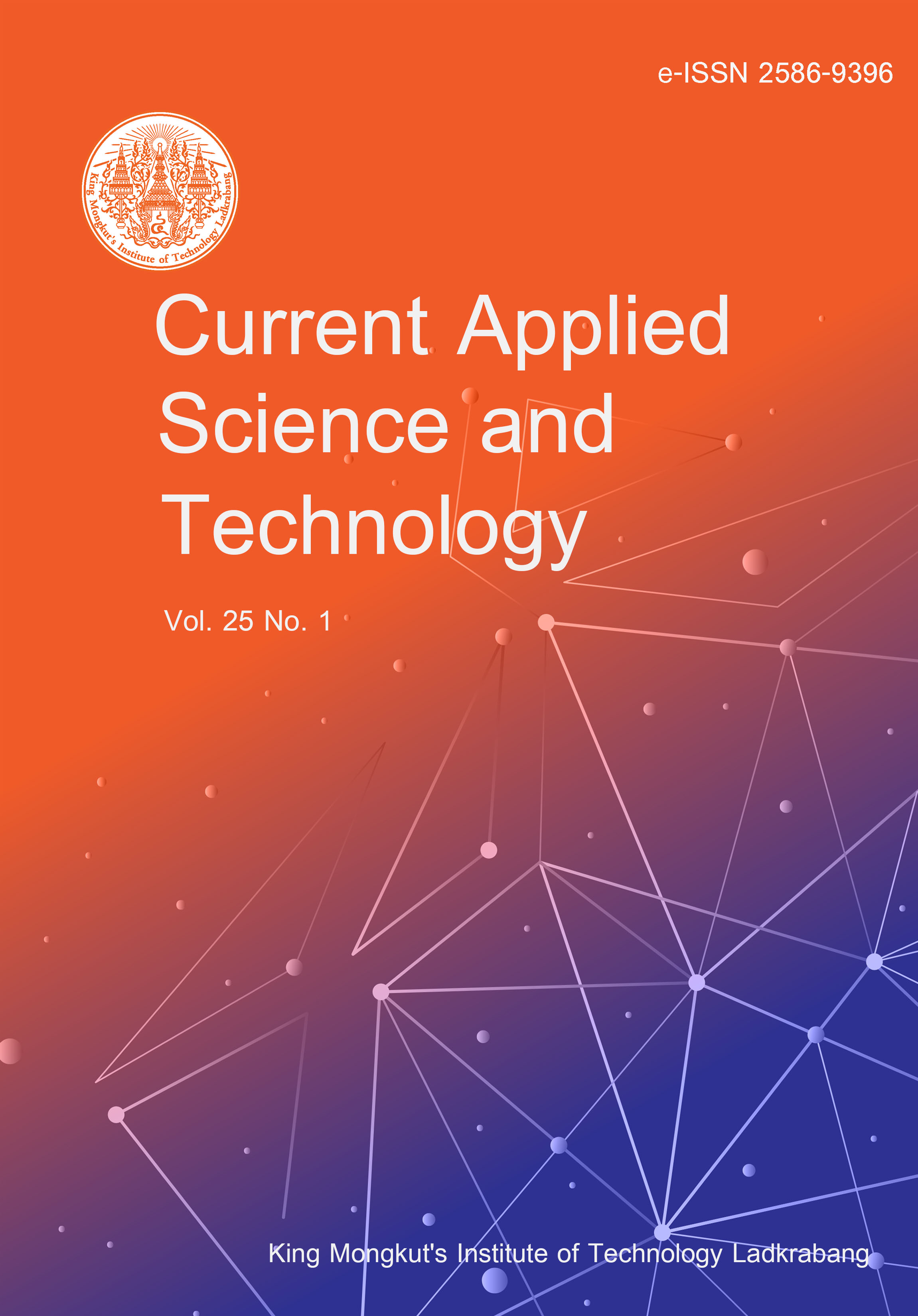Rice bran samples from dough and mature grain stages of rice were stabilized by heating in a hot air oven at 70ºC for 3h (or moisture <5.0%). Unstabilized and stabilized rice bran samples were subsequently pressed for oil extraction using a screw press machine. The γ-oryzanol, physicochemical, and antioxidant properties of both the unstabilized and stabilized rice bran oil (RBO) were determined. The fat content of fresh rice bran (unstabilized) from dough stage (19.19 %w.b.) was higher than that of the mature stage (13.22 %w.b.). Unstabilized RBO from mature stage (URBO-MS) had the lowest L* (35.70) and the highest a* (4.28) values. The γ-oryzanol content detected by UV-Vis spectophotometer was not significantly different among URBO-MS, stabilized RBO from the dough stage (SRBO-DS), and crude commercial RBO (CRBO). While the γ-oryzanol content of SRBO-DS detected by reversed-phase HPLC with diode array detector (DAD) was the highest, with a value of 1.00 g/100 g oil. The DPPH scavenging activity of SRBO-DS was the highest while that of CRBO was the lowest. The ABTS radical scavenging activity of unstabilized RBO from the dough stage (URBO-DS), SRBO-DS, and URBO-MS were not significantly different and were higher than that of stabilized RBO from the mature stage (SRBO-MS) and CRBO. The peroxide and free fatty acid (FFA) contents of SRBO-DS were the lowest with values of 1.19 meg/kg and 4.84% (as oleic acid), respectively. This finding suggests that stabalizing rice bran at the dough stage can increase the color values (as L* and b* values), γ-oryzanol, and DPPH scavenging activity, and decrease peroxide and FFA values of RBO. Thus, stabilized RBO from the dough stage grain may be a functional food with antioxidant activity.
Duangsa, B. ., Rodpon, P. undefined. ., Khongla, C. undefined. ., Musika, S. undefined. ., Rattanajun, P. ., Khumpumuang, P. undefined. ., Jangkloy, U. undefined. undefined. ., ๋Jampatech, S. undefined. ., Thiamjite, P. undefined. undefined. ., & Sawisit, A. . (2024). Gamma-oryzanol, Physicochemical and Antioxidant Properties of Stabilized Rice Bran Oil from Dough and Mature Grain Stages. CURRENT APPLIED SCIENCE AND TECHNOLOGY, e0260012. https://doi.org/10.55003/cast.2024.260012

